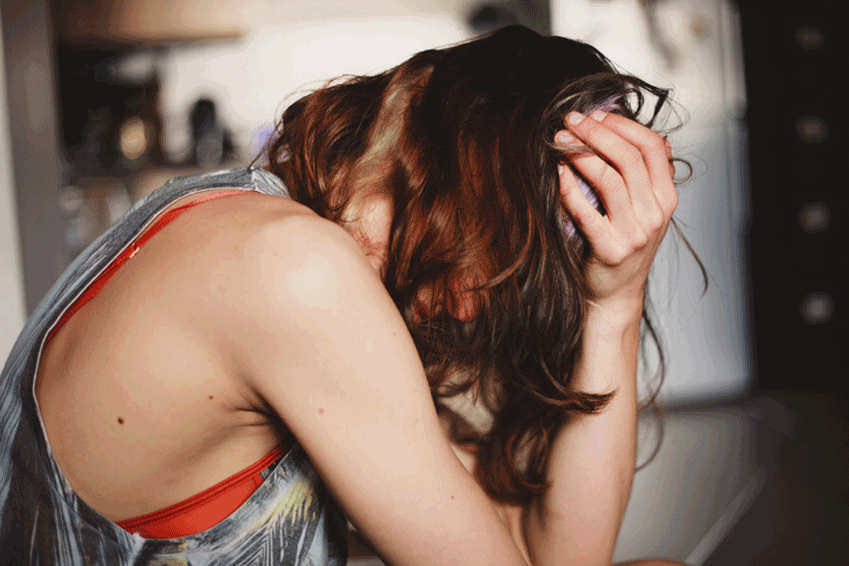Though compulsive hair pulling has been written about as far back as Aristotle, the disorder known as trichotillomania wasn’t officially recognized by the Americian Psychiatric Association until 1987.
Before then, people who were struggling with the urge to pull out their hair had few resources available to them, and often suffered alone. This often remains the case today.
What Causes Trichotillomania and Who Gets It?
Currently, the medical community considers trichotillomania an impulse control disorder. However, little agreement exists on how to classify it. Some of the current classifications of trichotillomania include:
- A habit
- An addiction
- A tic disorder
- A symptom of obsessive-compulsive disorder
Watch this excellent video from Tech Insider about the “root” causes of trichotillomania…
The consensus in recent years is that trichotillomania is one of many body-focused repetitive behaviors (BFRB’s). Some of the more well-known types of BFRB’s include biting the fingernails and picking the skin.
Anyone can develop trichotillomania, regardless of age, gender, race, or socio-economic status. Among children, it appears equally between boys and girls. By adulthood, up to 90 percent of people seeking help for trichotillomania are women.
In addition to an overwhelming urge to pull hair from the scalp, people with trichotillomania may also pull out eyelashes and hair from the arms, legs, chest, or pubic area. The urge to pull hair ranges from mild to overwhelming.
Video blogger, Arden Rose, tells of her journey of coping with the urge to pull at her eyebrows and lashes. It’s an interesting story, well done.
If you struggle with pulling out your hair, please know that you’re not alone. It affects up to 10 million people in the United States.
Misconceptions About Trichotillomania
Unfortunately, people who have never struggled with this condition often have trouble understanding what is going on with a friend, relative or colleague. Two common misconceptions are that people pull out their hair to get attention or that they’re deliberately trying to hurt themselves.
In both cases, nothing could be further from the truth. People typically feel distressed about the bald patches caused by hair pulling and do everything they can to hide it. They also don’t care for the extra attention it brings them, in particular by those who judge them harshly without attempting to understand.
Can People Overcome the Urge to Pull Out Their Hair?
Those on the lower end of the “seriousness” spectrum succeed in resisting the urge on their own – with increased awareness and by concentrating intently on “something else”. For those with severe impulses, it’s nearly impossible to think of anything else or to feel better until following through.
No definitive cure exists, but that doesn’t mean sufferers can’t learn to resist the compulsion. Many people have found success with behavioral modification therapy that teaches them to complete a different action until the urge passes.
This woman, Handle: Earthling Mama, tells her inspirational story of how she overcame trichotillomania.
Others have responded favorably to medications that treat obsessive-compulsive disorder. If you can’t stop pulling out your hair, have an honest discussion with your doctor to learn more about treatment options.
If and when patients overcome this condition, they can then make an honest assessment of the damage done. If a considerable amount of hair has been lost, treatments such as surgical hair replacement can help you feel proud of your appearance once more.

